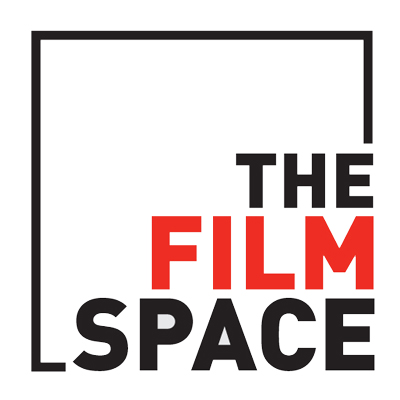Transforming a Text
Using digital camcorders and editing software, groups of participants produced their own moving image transformation. Working with a given poem, visual image and a selection of music soundtrack options, pre- production, production and post-production activity were completed within the two hours. - Martin Phillips
Sound and Vision
This session looked at practical ways of using image and sound together in children’s filmmaking: starting with the image, starting with the sound, and developing image and sound together. - Tom Barrance
Transformation & Appropriation
Using examples from music video, advertising and poem films, this session considered the ways in which digital technology encourages experimentation with textual forms and blurs the edges between genres. Taking the notion of mood or tone as a starting point, participants explored ways in which montage operates across a variety of texts. Some practical outcomes from the classroom were presented for analysis and discussion and the classroom contexts in which they were produced were examined. - Martin Phillips
Sound and Light
Many promising student video productions are marred by poor (or no!) lighting and indifferent sound. Doing exactly what it says on the tin, this workshop considered these two important elements of the creative process and focused on the expressive effects that can be achieved even with the simplest equipment. Participants worked in groups to devise their own son et lumière. - Martin Phillips and Tim Arnold
Reading and Editing Film Trailers
The Primary Framework for Literacy recommends the analysis of film trailers as persuasive texts. In a short space of time, a trailer can establish genre, mood and atmosphere and give suggestion of character, plot and key themes.
Film trailers are ideal moving image texts for primary literacy, as they can be watched in one sitting and read as a whole. The power of editing, sound and language combine in a trailer to excite and influence audiences. Trailers are narrative constructs as well as persuasive texts. - Julie Green
Primary Picturacy
Based on Anthony Minghella’s concept of the ‘film sentence’, this workshop took the ‘word, sentence, text’ approach to Primary Literacy further by exploring the relationship between shot, sequence and text on film. Key film concepts such as sound, light, colour and most significantly, the importance of editing were explored in order to develop a greater understanding of the cultural significance of story on film in the digital age. Delegates worked on laptops to actively deconstruct film extracts. - Julie Green
Postcards in Sound & Moving Image (1)
This workshop explored some strategies for combining sound and image in a non-narrative, non-documentary form that have been deployed in the on-going Sonic Postcards project. Over the course of a two-hour practical session participants took a journey, collecting sounds using portable sound recorders, editing these together into a soundscape; generating and animating text and creating hand-drawn abstract animation, all through the creative use of ICT. Finally the sound and visual elements were combined to create a ‘sonikinetic’ postcard. - Duncan Chapman
PICTURACY® – Film Narrative and the Primary Framework
Film is embedded in the new Primary Framework for Literacy where emphasis is placed on visual literacy and on- screen texts. Film Education’s Picturacy® series takes the ‘word, sentence’ text’ approach to literacy further by exploring the relationship between shot, sequence and text on film. - Julie Green
Losing the Edit - Shots in Sequence
Do we need editing software to make films that work, or is it possible to create quality filmed outcomes without the footage leaving the camera? In-camera editing enforces discipline into filmmaking as students decide in advance which shots are essential in conveying meaning. Valuable as a stand-alone technique, it can also function as a starting point for learning about the editing process. This workshop begins with a critical exploration of the editing process, including viewing of a range of sequences, and moves on to explore the possibilities in-camera editing offers for learners at all levels. - Emma Bull
